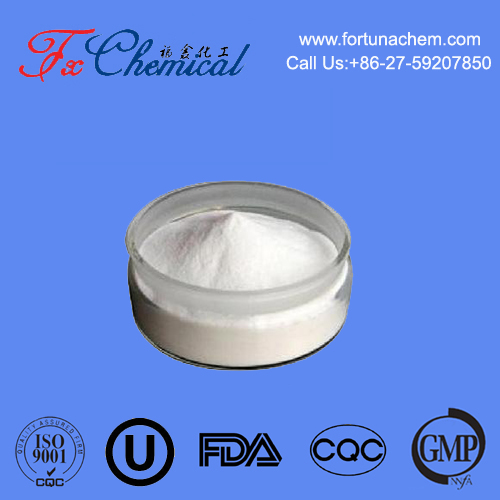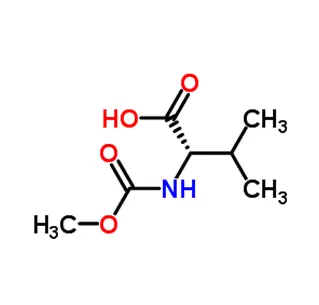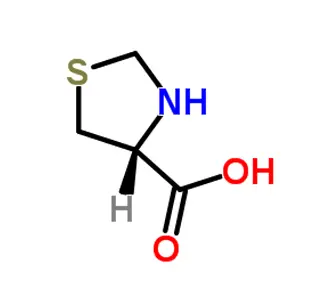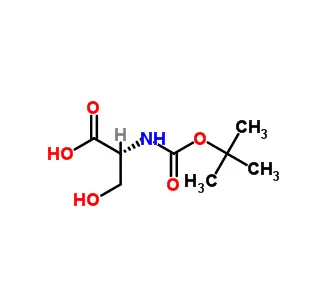
Search

Search

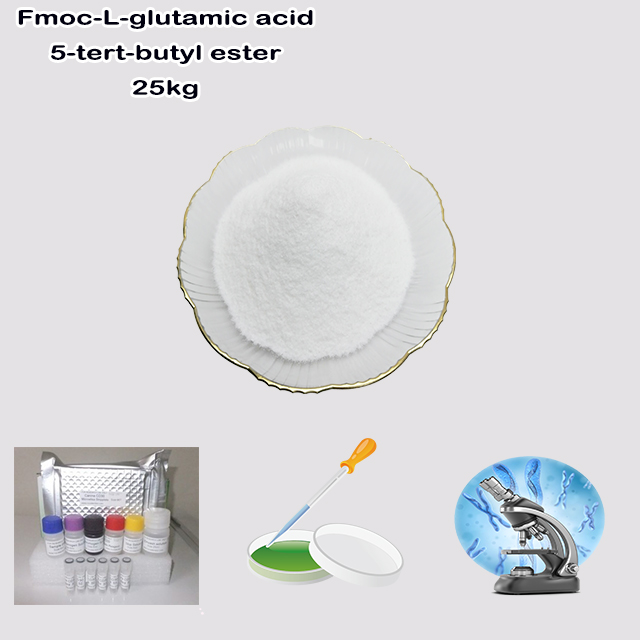
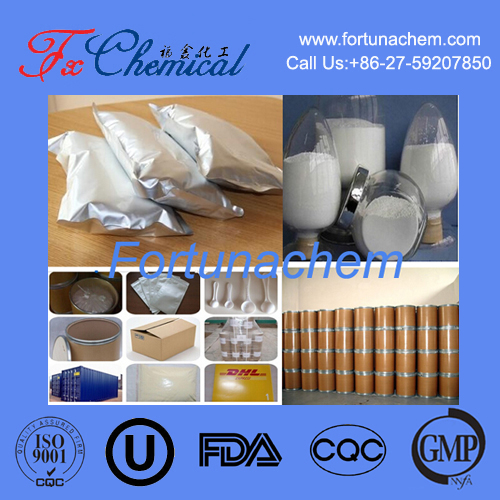
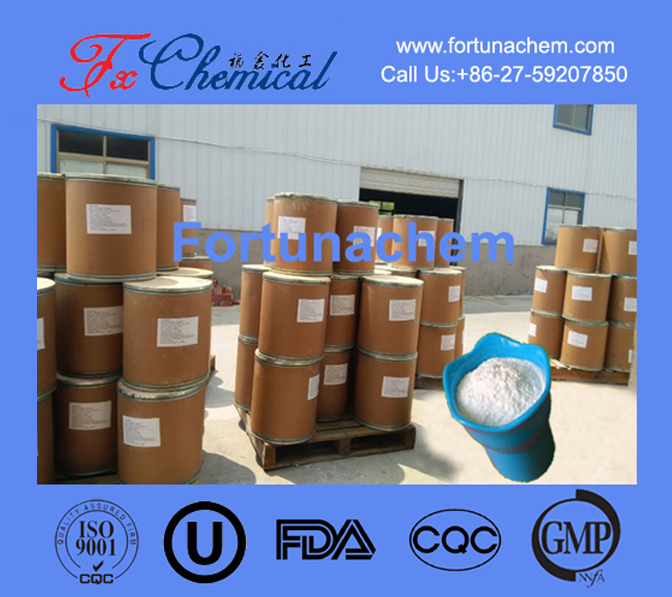
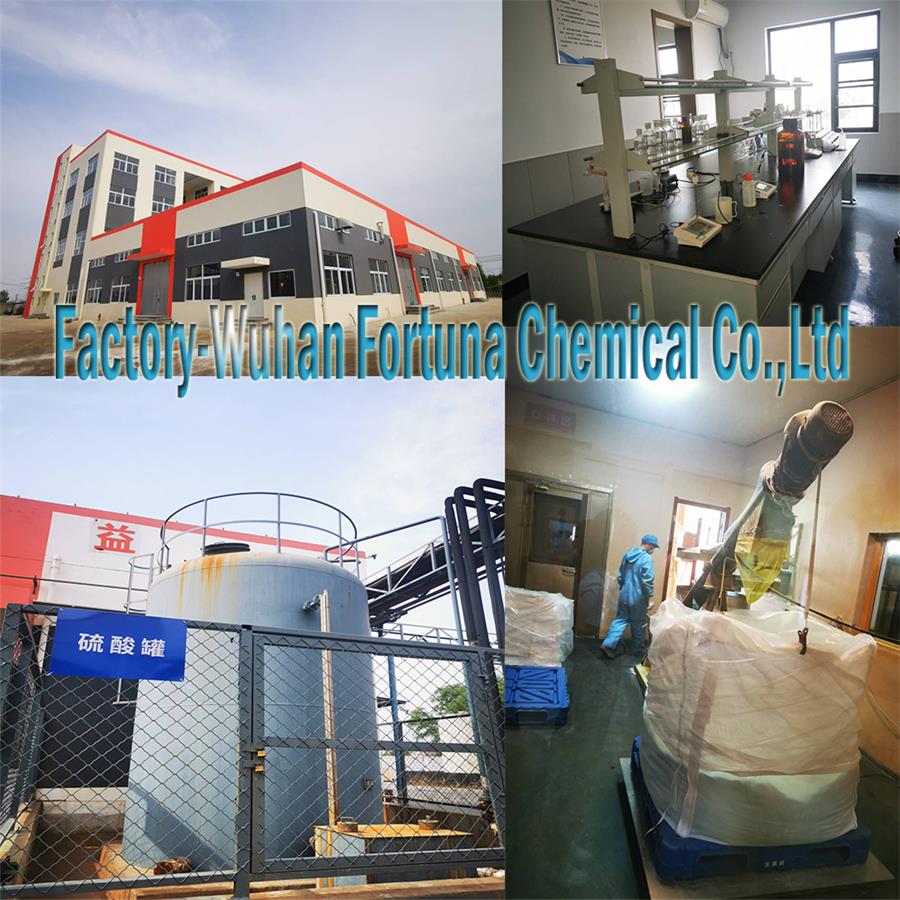
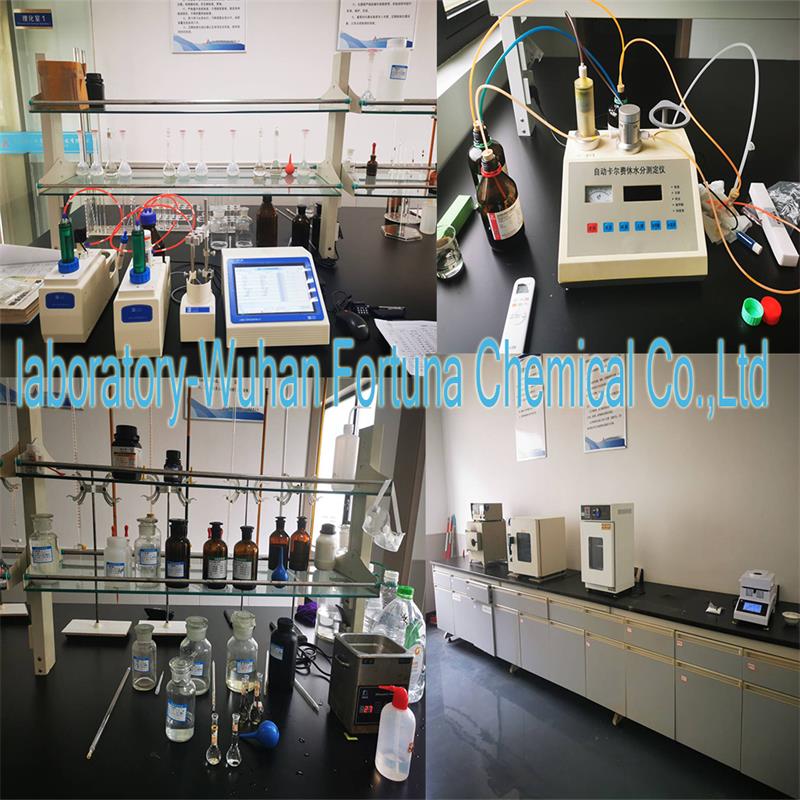





Fmoc-L-glutamic acid 5-tert-butyl ester is a protected amino acid derivative essential for solid-phase peptide synthesis (SPPS).
Its structure features two key protecting groups:
The Fmoc group protects the main chain amino group (alpha-amine). It is removed with a mild base during synthesis to elongate the peptide chain.
The tert-butyl ester protects the side chain carboxylic acid of glutamic acid. This prevents this reactive side chain from participating in the peptide bond formation where it shouldn't. It is removed later with a strong acid at the end of the synthesis.
This allows for the controlled incorporation of glutamic acid into a specific position within a peptide while preventing unwanted side reactions.
| Feature | Function in Peptide Synthesis |
|---|---|
| Fmoc Group | Protects the alpha-amine; removed with a base (e.g., piperidine) for chain elongation. |
| tert-butyl Ester | Protects the side chain; remains intact during synthesis and is removed with a strong acid (e.g., TFA) in the final cleavage step. |
Items | Specifications | Results |
Appearance | White powder | |
Solubility | 0.5mmole in 1ml DMF clearly soluble | Clearly soluble |
IR Spectrum | In accordance with structure | |
Specific Rotation[α]D20 | -9.1°(C=1,MeOH) | |
Optical Purity(HPLC) | ≤0.10% D-enantiomer | Not detected |
Water(K.F) | 0.6% | |
0.005% | ||
0.002% | ||
Fmoc-β-Ala-Glu(OtBu)-OH(HPLC) | Not detected | |
<0.05% | ||
Free Glu(OtBu) TLC Analysis | <0.05% | |
Any other impurity | ≤0.30% | 0.03% |
Purity(HPLC) | 99.91% | |
Assay(AT) | ≥98.0%(AT) | 98.8% |
Acetic acid ions(IC) | ≤100mg/kg | 53.21mg/kg |
Residual solvent(GC) | ≤0.50% petroleum ether | 0.014% 0.26% |
Conclusion | The product up to standard. | |
Fmoc-L-glutamic acid 5-tert-butyl ester is a chemically modified, protected form of the amino acid L-glutamic acid. It is not found in nature but is an essential building block in modern laboratory techniques, specifically Fmoc-based solid-phase peptide synthesis (SPPS). Its primary purpose is to allow for the controlled and sequential construction of peptides (short chains of amino acids) by solving the problem of unwanted side reactions.
To understand its function, we must examine its two protecting groups:
The Fmoc Group (Fluorenylmethyloxycarbonyl): This group is attached to the alpha-amino group (the main backbone nitrogen) of the glutamic acid. Its role is temporary and strategic. During the step-by-step synthesis of a peptide chain, the Fmoc group can be cleanly removed using a mild base, typically piperidine. This deprotection reveals the reactive amino group, allowing the next amino acid in the sequence to be attached. The Fmoc group is ideal because its removal is rapid and does not affect the other protecting groups on the molecule.
The tert-Butyl Ester (OtBu / tBu): This group is attached specifically to the side-chain carboxylic acid of glutamic acid (the gamma-carboxyl group). Glutamic acid has two carboxylic acids: one on its main backbone (the alpha-carboxyl) and one on its side chain. The alpha-carboxyl is used to form the peptide bond, but if the side-chain carboxyl were left unprotected, it would also react, leading to branched chains, cyclization, and an incorrect final product. The tert-butyl ester protects this side chain throughout the entire synthesis process. It is stable to the basic conditions used to remove the Fmoc group but can be cleaved at the very end using a strong acid like trifluoroacetic acid (TFA).
This combination of protecting groups exemplifies an "orthogonal protection strategy," where two different types of protecting groups (one base-labile, one acid-labile) can be removed independently without affecting the other.
In practical terms, this derivative is a white, crystalline powder that is weighed out and activated to be added to a growing peptide chain anchored on a solid resin bead. Its use is critical for incorporating glutamic acid into a peptide while ensuring its side chain remains inert, preserving its intended chemical identity. After the full peptide sequence is assembled, the entire structure is treated with a strong acid, which simultaneously cleaves the finished peptide from the solid support and removes all the tert-butyl ester protecting groups, freeing the reactive glutamic acid side chains.
In summary, Fmoc-L-glutamic acid 5-tert-butyl ester is a fundamental and indispensable tool in peptide chemistry, enabling the reliable synthesis of complex peptides for research, pharmaceuticals, and diagnostics.
| Feature | Description and Function |
|---|---|
| Chemical Identity | A protected derivative of L-glutamic acid. |
| Primary Role | Building block for Fmoc solid-phase peptide synthesis (SPPS). |
| Fmoc Group | Protects the alpha-amino group (backbone). Removed with a base (e.g., piperidine) during chain assembly. |
| 5-tert-Butyl Ester | Protects the side-chain carboxylic acid. Removed with a strong acid (e.g., TFA) during the final cleavage step. |
| Key Importance | Enables orthogonal protection, preventing the glutamic acid side chain from causing unwanted side reactions during synthesis. |
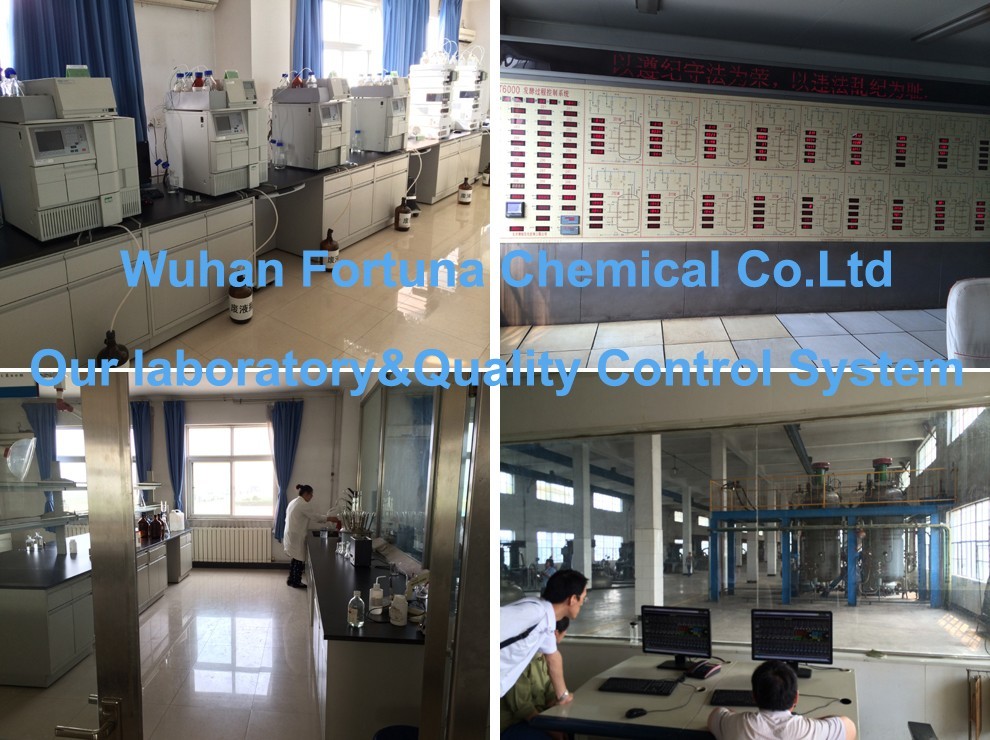
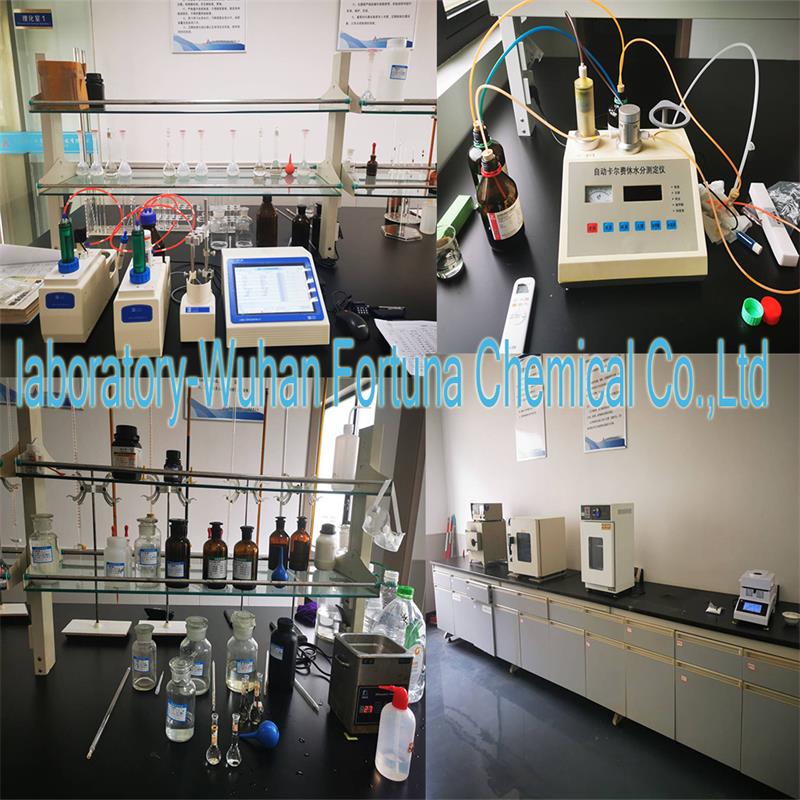


Fortunachem Provides Not Only Professional Chemical Products But Also Professional Help
Keeping you up-to-date with all the latest information, news, and events about Fortunachem!

Quick Links
Add:
E-mail:
 English
English  Español
Español  français
français  العربية
العربية 